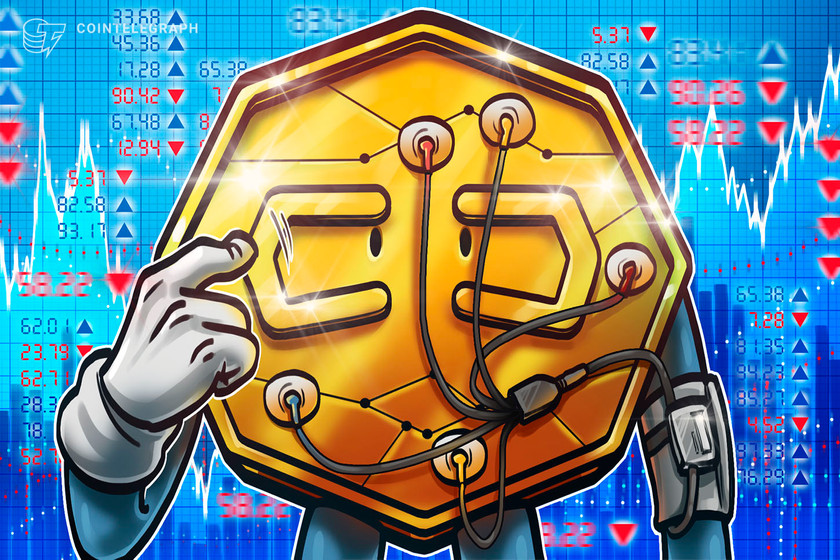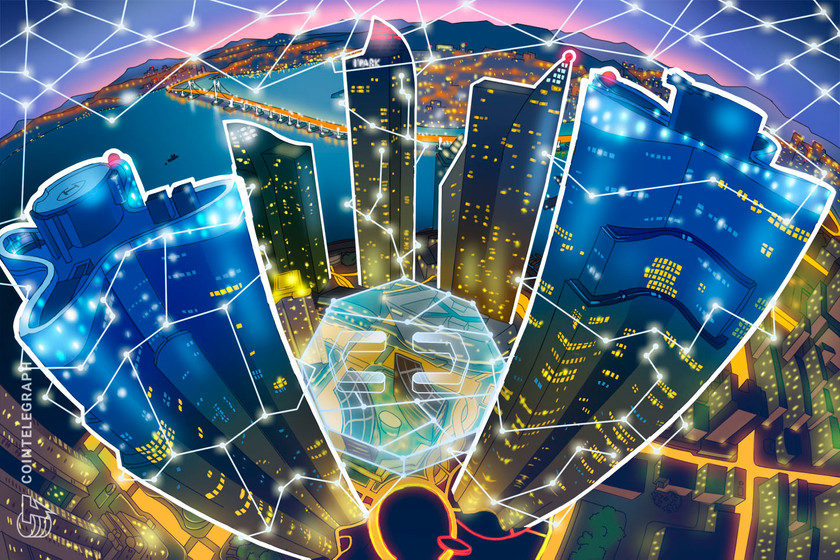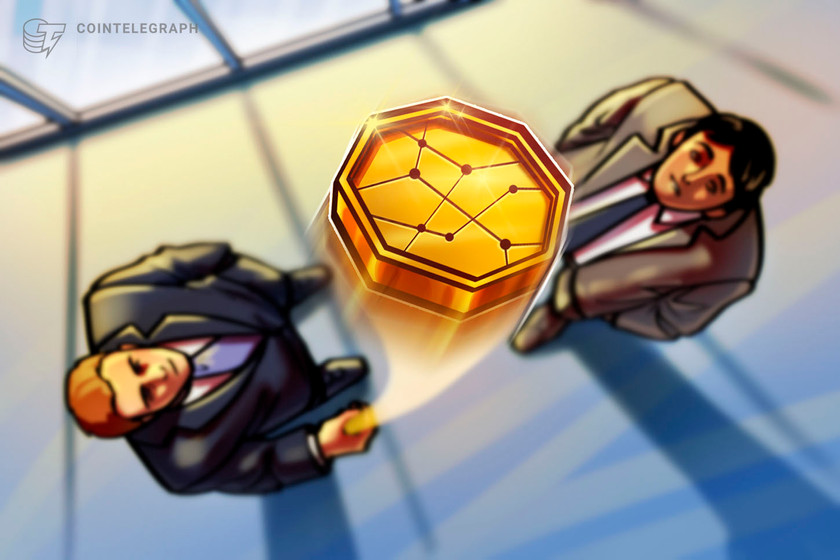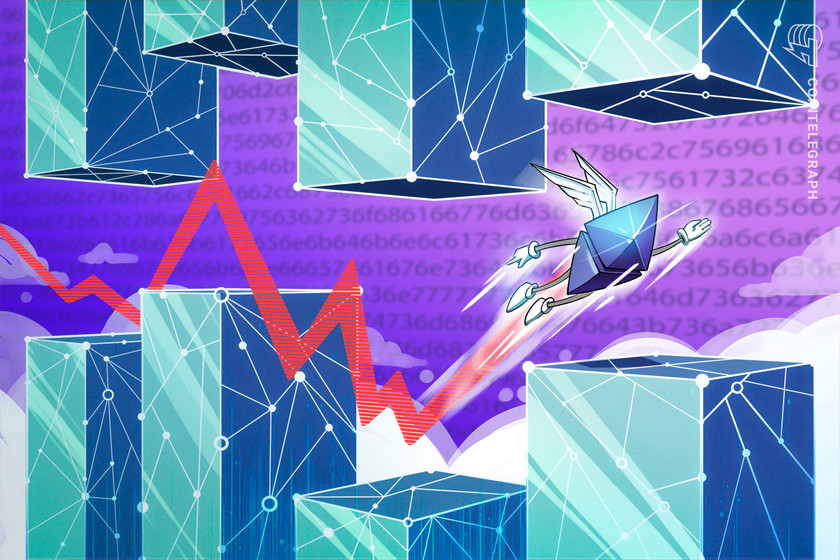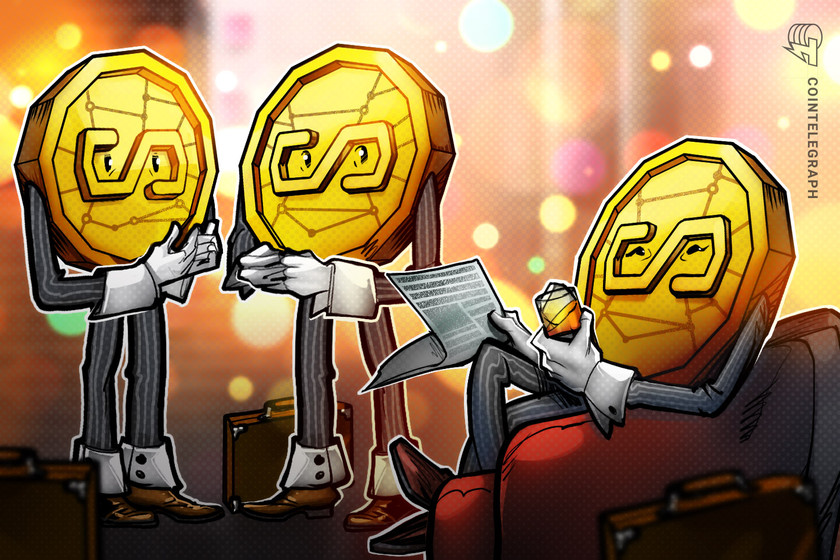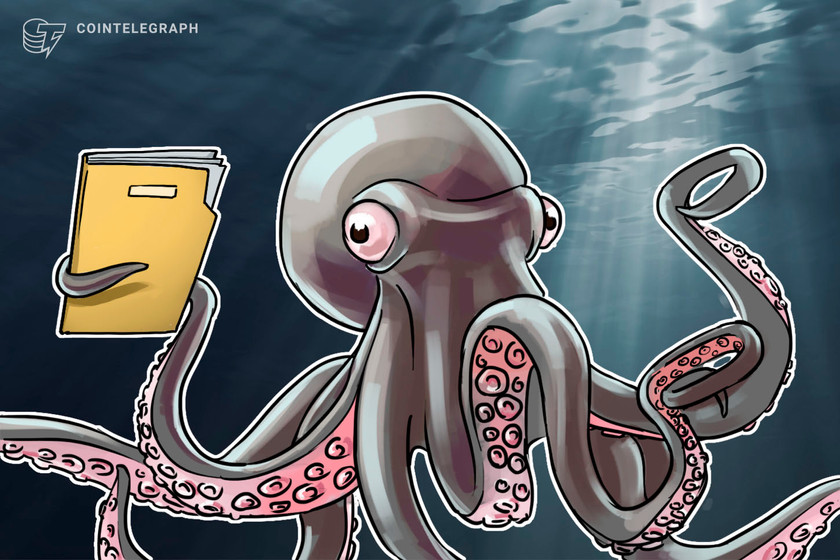LUNA2 traders are increasingly short despite 67.5% rally, $4 million liquidated


Downside pressure for Terraform Labs’ LUNA2 mounts amid investigations and rumors from a “Terra insider.”
Terra (LUNA2) reversed a portion of the losses this June 9 as its price per token rose by as much as 67.5% on the day, catching many traders off-guard with their perpetual swap positions.
LUNA2 traders are shorting it
In detail, LUNA2’s price soared from $2 to as high as $3.58. The volatile intraday move coincided with the liquidation of nearly $4 million worth of LUNA2 trades on Binance and Bybit, including $2.46 million worth of short positions, data from Coinglass shows.


Interestingly, LUNA2’s funding rates across Binance and Bybit remained negative, suggesting that traders are still short despite the price bounce.


Shadow wallets FUD
The downside sentiment in the LUNA2 market has strengthened largely because of its underperformance in recent weeks, led by its association with Terra, an algorithmic stablecoin project whose native tokens LUNA Classic (LUNAC; formerly known as LUNA) and TerraUSD (UST) collapsed in May.
Terraform Labs (TFL), the firm behind the Terra blockchain, formed LUNA2 from the ashes of the $40 billion project. It distributed the revamped token among investors who had suffered losses from their LUNC and UST investments via an airdrop.
As it appears, those LUNA2 recipients decided to dump the token to recover some of their losses, thus pushing its price down by 85% less than two weeks after it peaked at $12.24.


Investors are also likely keeping their distance from LUNA2 amid allegations that Do Kwon, the founder/CEO of TFL, has lied about having zero LUNAC tokens. Notably, a self-proclaimed Terra insider, known by the pseudonym “FatMan,” claims that TFL and Kwon own 42 million LUNA worth over $200 million.
Do Kwon has stated numerous times that TFL has zero new LUNA tokens, making Terra 2 ‘community owned’. This is an outright lie that nobody seems to be talking about. In fact, TFL owns 42M LUNA, worth over $200m, and they’re lying through their teeth. (1/6) pic.twitter.com/D1HIWpAWHG
— FatMan (@FatManTerra) June 6, 2022
The user also revealed five “shadow wallets” that hold 42.81 million LUNA2 (worth over $110 million at June 9’s price), noting that they all belong to Kwon.
“[Do Kwon] used his shadow wallet to approve *his own proposal* through governance manipulation (TFL is not supposed to vote), told everyone it would be a community-owned chain, and then gave himself a nine-figure score,” Fatman alleged, adding:
“These are just the verified wallets — there are many others.”
TFL, Kwon under investigation
LUNA2 struggles because of the growing scrutiny around TFL, particularly after it was alfined $78 million by South Korea’s tax regulator in May.
Related: Anchor dev claims he warned Do Kwon over unsustainable 20% interest rate
What’s more, South Korean prosecutors and police have launched an investigation following allegations that a TFL employee embezzled an undisclosed amount of Bitcoin (BTC) fro the company.
Additionally, the U.S. Securities and Exchange Commission (SEC) is also investigating whether TFL’s crypto tokens are illegal unregistered securities.
sad to see that despite the fork those that held $LUNA or $UST most likely will never get their money back.
hands down the biggest fuck up of the year award goes to @stablekwon.
congrats pic.twitter.com/vop90s292b
— NFTeddy (@TeddyCleps) June 9, 2022
As a result, LUNA2’s price has a high chance of heading lower in June with the ongoing problems for TFL, legal pressures and overall bearish sentiment.
The views and opinions expressed here are solely those of the author and do not necessarily reflect the views of Cointelegraph.com. Every investment and trading move involves risk, you should conduct your own research when making a decision.




